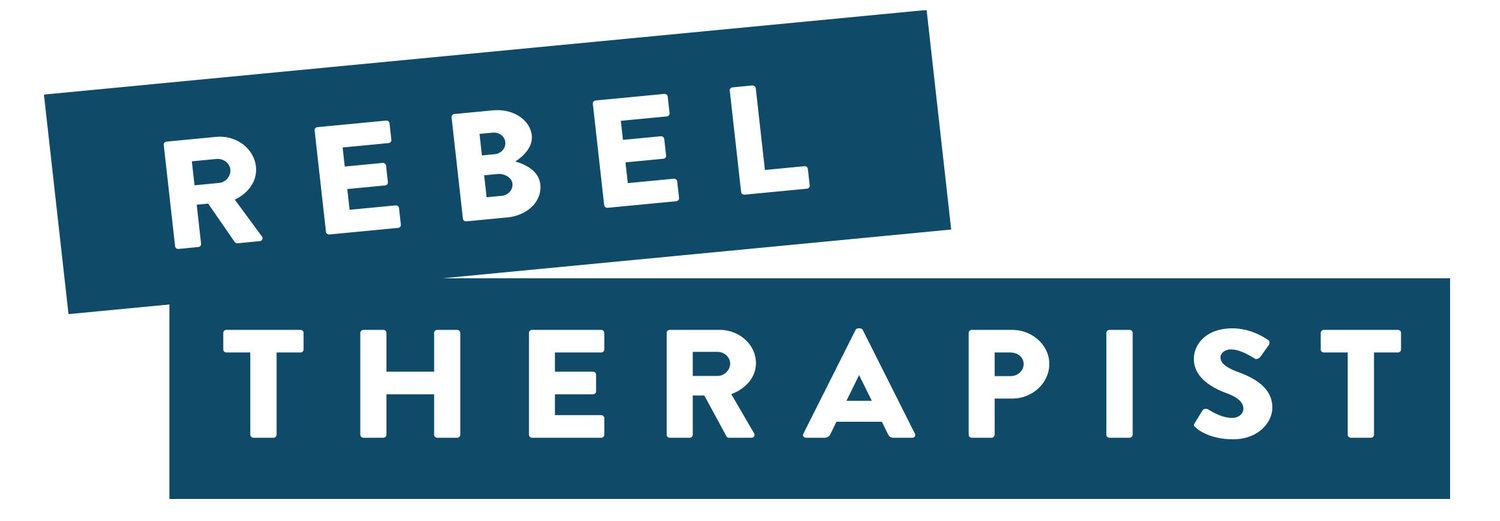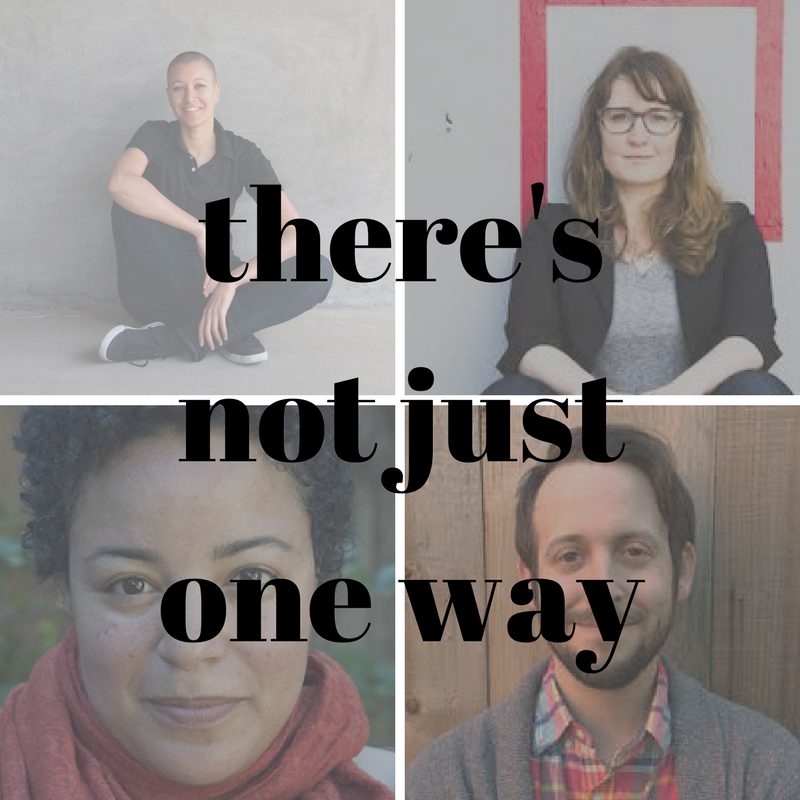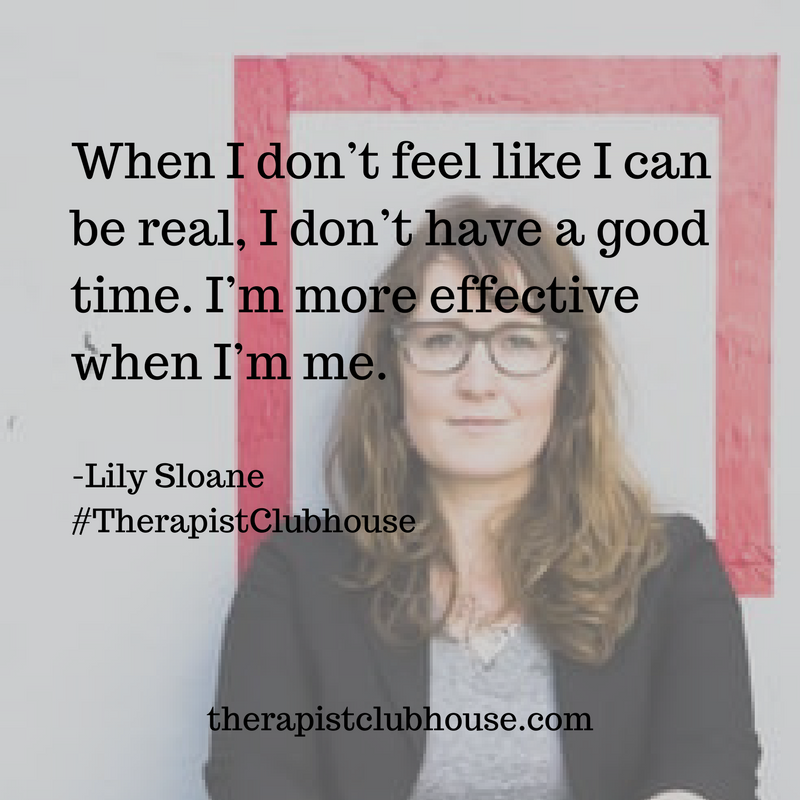So you don’t have a lot of money to invest, but you really want to start your private practice NOW? Or maybe yesterday?
I’ll show you how to bootstrap it.
When you bootstrap, you pay for the expenses of your practice with the money your practice earns, and you invest more as your business makes more.
I’ll walk you through 3 phases of launching and growing your private practice to the point where it can support you.
Phase 1: Getting started
I'm assuming you’ve already got some decent clothes to wear, a computer, a phone, and another way to pay your living expenses as you get started. Maybe you've got a part-time job or a spouse with some income.
Unfortunately, it’s unavoidable to spend SOME money before your practice starts paying for itself. You’ll want about $500 to $1000 saved before you start, and I’ll show you why.
Don’t have that $500 or $1000? How badly do you want to do this? Get ready to do an inexpensive vacation, brown-bag your lunch or shop at thrift stores until you’ve got it. If private practice is your dream, you can do it.
Here are the steps to get started, starting with the ones that won’t cost you any of your seed money.
Do some networking:
Even before you launch, you will can start networking. Implement my challenge 30 Days To A Strong Referral Network for a free and effective way to bring in your first clients. The only cost is the lunch or coffee you might buy for a colleague.
Set up a phone system:
Some therapists use their cell phones with a professional greeting. Others use google voice or another .
Note: If you’re concerned about HIPAA compliance with your phone or other private practice technology, do a little research. First find out whether or not your particular practice needs to be HIPAA compliant. If you have questions about HIPAA and technology, check out tameyourpractice.com. Rob Reinhardt has tons of free resources there about technology and private practice. If you want to pay for some of his advice, he can save you hours of research time. I paid for his advice myself when expanded my practice.
Set up a video system:
You can offer video sessions for free if that’s something you’re trained to do by signing up for a free video platform. New platforms are showing up every month so stay up-to-date here.
Set up a bank account:
Open a separate bank account for your practice, and make sure it’s free. If your business is a sole proprietorship? That's the default when you're the only owner of a business that's not incorporated. Then you don't have to open a special account that the bank labels a business checking account. Just don't mix your practice account with your personal accounts.
Set up credit card processing:
Get set up to accept credit cards. Create an account with a service like stripe or square, where you can store your clients’ credit cards safely. They’ll take about 3% of the charges, but there’s no fee to set up. It hurts a bit to give up those processing fees, but the convenience makes up for it. Who carries checks anymore?
Set up email:
Set up a separate email account for your business.
Get some free business training:
Start here for hours of training for absolutely free.
If you like listening instead, start with my podcast.
Create your Google Business page:
Set up a profile for free. This is a really important step. Don’t skip it.
Sign up with a therapist directory using a free trial:
Choose a directory that shows up close to the top of the first page of google when your right-fit potential client is searching for a therapist like you. See if you can get a free trial through your professional organization. Before you’ve got a website, directories are the main way you’ll get people searching online to call you.
Get a photo taken:
Have a friend with a good eye take a warm and professional photo. You’ll need this for your directories. I will strongly advise you to get a professional photo taken as soon as possible. For now, please make sure there are no shadows on your face, and look at the camera as if it is one of your favorite people in the world.
Get a Tax ID #:
This is free, and you should get one now if you don’t already have one. You’ll want this for tax purposes and it allows you to NOT use your social security number on the receipts you give clients.
Set up tracking systems:
You’ll set up tracking for the most important things in your business so you always know what’s going on. Here’s my article on tracking.
Set up financial record keeping systems:
Set up a few simple systems now, and you’ll kiss yourself next April. Here’s my article about prepping for taxes year round.
Hey, you haven't spent any money yet, and look how much you've accomplished!
OK, here are the things that cost some money:
Sublet an office one day or one half-day a week:
If you’ve got a colleague who will rent you some space by the hour in the beginning, that will save you even more. One day a week will cost you about $300 per month or less, depending on where you live. If you don’t live in an expensive place like San Francisco or New York City, give yourself a high five right now!
Create a DIY website:
Unless you are very tech savvy, start with a DIY platform. I recommend Squarespace because they are better than other DIY platforms at keeping up with changes and their customer support is excellent. A Squarespace site will cost you around $12 per month. When you've got a bit of savings, I'll recommend that you consider working with a designer and perhaps using Wordpress instead. (Although this site is Squarespace so maybe not). For now, just create a simple and professional-looking site with just the basic pages (Home, About, Services (or Specialities), Contact/Fees).
OK, so the website sounds simple! Here’s the catch: writing the copy (words) for your website isn’t that easy. It will take you some serious work and patience to make the copy good enough to attract your right-fit clients. Start writing during phase one using advice from my blog, and you’ll be in great shape.
Here are instructions about how to write ridiculously effective copy.
Here’s my free training on how to create an excellent about me page.
Link your directories to your website:
Now that you’ve got your site, you want all of your potential clients who find you online to go to your website. That’s the best place for them to learn more about you and then decide to call you.
Get your business license:
Depending on where you live, this will cost you around $100 or less.
Purchase liability insurance:
It will cost you somewhere around $150 or up to have decent protection. Get a quote for free.
Order business cards:
It will cost you less than $50 to get some simple business cards printed. Don’t get too many because your address and other information will probably change soon.
Ok so here's your seed money broken down:
Rent: 300
Website: 48 (for 3 months)
Business license: 100
Liability Insurance: 150
Business cards: 50
So far you’ve only spent about $648. Most of that is rent, so if you find a better deal on that, your number can go WAY lower.
To make back your seed money you’ll need somewhere between 3 and 7 sessions in that first month. If you’re highly motivated and put time into the networking or you’ve already got some clients ready to start, that can totally happen. If you’re limited on practice building time or energy and have no clients to start with, set aside an additional month’s rent and other expenses. That’s why I gave you the range of $500 to $1000.
Once you’ve recovered your seed money and you’re exceeding your monthly business expenses, start saving up for some key things to build your business. Usually you can start saving when you have four or five sessions per week.
Phase 2: Growing your practice until it supports you
Here are the things you should spend your money on during this next phase. If you do all of them, you’re looking at under $4000.
Get your professional photo taken.
You may want to budget $500 so that you can choose the best photographer. If you find a photographer you LOVE who charges less, you can get this done sooner.
Create a better website:
By now you'll know whether you're rocking that DIY website and making it great OR you could use some help. Consider working with a designer who understands the particular needs of therapists. Empathy sites is one great, trustworthy option.
Rent more office space:
If you’re getting full with the office space you have now, sublet an additional day, even if it’s at a different location.
Create a profile on an additional directory:
Having a profile on one more directory will increase the odds that your right-fit potential clients will find you online.
Take awesome trainings:
Look for the kinds of clinical trainings that inspire you the very most and can give you the skills you and your clients value. Invest in reputable and life changing training, even if it costs a bit more.
Take a therapy practice building course:
Speed up your journey by taking a course that teaches you marketing and business management skills and pushes you to actually USE those skills right away. Do this as soon as you can afford it so that it doesn’t take you years to make a good living.
When I run my Superpower Method For Therapists® Program, the beginners often find that they avoid a lot of mistakes and gain clarity about their businesses quickly. Participants who have been in private practice for several years often say they wish they’d taken the course earlier.
Do some speaking engagements:
Pitch yourself to the organizations where your right-fit clients hang out. Did you just throw up a little? Ok, just consider it.
Sign up for a practice management system:
As your practice grows this will help you stay organized and keep your time and energy focused on the right stuff. There are tons of systems to choose from. Find reviews of almost all of them at tameyourpractice.com.
If you’ve been networking strategically and steadily and your website is attracting the right clients, your business bank account should start growing. You’re on track to quit your day job and start paying yourself from the income of your private practice. This usually happens when you’ve got between 10 and 15 sessions per week.
Phase 3: Making a GOOD living. Phew!
Ready to take your practice to the next level and invest some more?
Here’s what you might want to do, in addition to maintaining everything you already set up in phase one and two:
Expand your business model:
Consider finding other ways to serve your right-fit clients. Consult with a business coach as you identify your ideal business model. Maybe you'll begin offering group or online services if you aren't already. Maybe you'll bring additional clinicians into your practice. Check out my program, Rebel Therapist™ Mastermind. It’s not for everyone, but you’ll probably know if it’s for you.
So that’s bootstrapping a private practice all the way from scratch to making a good living.
Ready to make some serious progress towards growing your practice in the next 30 days? Networking is the fastest way. Sign up for this free challenge and you'll receive 30 days of do-able tasks.
You'll also receive weekly tips on how to build your practice. Easily unsubscribe any time.

















